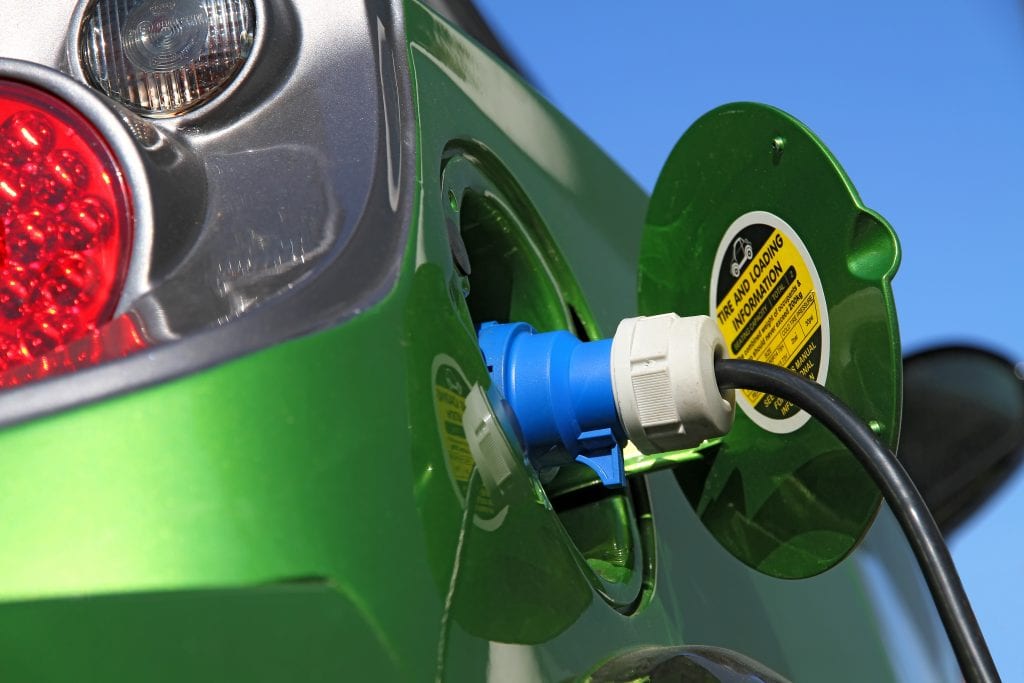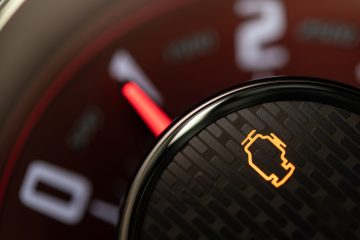
Nissan has claimed that with the emergence of 1,000 new electric vehicle (EV) charging point locations, there are now more of these in the UK than filling station forecourts.
The EV pioneer has correlated data from the Energy Institute and charge point mapping app Zap-Map to establish that there are now 9,300 EV charging locations compared to 8,400 fuel stations.

‘In less than a century since Britain’s first fuel station opened – November 1919 at Aldermaston in Berkshire – the number of forecourts has peaked, declined and been overtaken by charging stations designed for battery, not combustion-powered cars,’ the company said in a statement.
‘Almost 80% of UK petrol stations have closed since 1970, while the number of electric vehicle charging locations has increased from a few hundred in 2011 (when the Nissan Leaf went on sale) to more than 9,000 in August 2019.’
Of these charging locations, more than 1,600 provide ‘rapid charging’, and can recharge a typical EV battery to around 80% capacity in under an hour. According to Zap-Map, two new rapid charging devices came online every day in the last month. Almost all UK motorway service stations now have charging stations installed, the majority of which provide a rapid charging option.
Scattered approach
Transport for London has installed more than 1,000 EV charging points in the last year alone, yet the supply of conventional fuel within the capital is becoming scarcer. Central London now has nearly half as many petrol stations per car as the Scottish Highlands and only four remain within the congestion charge zone. One of the country’s oldest forecourts, the Bloomsbury Service Station, which had been in operation since 1926, was closed in 2008.
Kalyana Sivagnanam, managing director, Nissan Motor (GB) Ltd. commented; ‘Many consumers are saying their next car will be electric. That means the industry needs to ensure their desires are met with both the car – how far it can go, what technologies it has – and how it interacts with the world around it – where they can charge and how convenient that is for them.’
‘We’ve moved beyond the early concerns of range anxiety with EVs now exceeding the vast majority of customer’s daily driving needs. The next challenge is for charging infrastructure to keep pace with the number of EVs on the road, and that the experience of recharging is as enjoyable and effortless as that of all-electric driving.’




You must be logged in to post a comment.